· "When combined with MAOIs, these substances can cause the same problems with hypertension as tyramine, leading to increased heart rate and stroke"Tyramine (TIEruhmeen) is an amino acid that helps regulate blood pressure It occurs naturally in the body, and it's found in certain foods Medications called monoamine oxidase inhibitors (MAOIs) block monoamine oxidase, which is an enzyme that breaks down excess tyramine in the body Blocking this enzyme helps relieve depressionMAOIs treat anxiety and depression by supposedly inhibiting the inactivation of neurotransmitters A side effect is the concurrent failure to inactivate the potent vasopressor amine, tyramine Consumption of 6 mg of tyramine may produce a mild crisis whereas 10 to 25 mg may produce severe headaches with intracranial hemorrhage and its sequelae

The Relationship Between Tyramine Levels And Inflammation In Metabolic Syndrome
Does tyramine cause high blood pressure
Does tyramine cause high blood pressure-Therefore, patients taking an MAOI have had to follow dietary restrictions to avoid tyraminerich foodsMAOIs lower BP one of the more common incorrect statements you will see is that MAOIs raise BP In the 1960s MAOIs were used to treat hypertension (14);



Tyramine Alchetron The Free Social Encyclopedia
Tyramine, Migraines, and Hypertension Foods that contain high levels of a monoamino acid called tyramine can cause migraines This is the same substance that patients on the antidepressants MAOIs are told to avoid so as to not develop seretonin syndromeTyramine is a monoamine and acts indirectly to release catecholamines Tyramine is typically metabolized by monoamine oxidase in the gut, a process that MAOIs interfere with Tyramine is found in preserved meat, fish, cheese, alcohol, and proteinrich foods which are particularly likely to contain bacteria that convert amino acids into monoamines like tyramineResulting from acute tyramineinduced hypertension Nowadays most cheeses are quite safe, and even 'matured' cheeses are usually safe in healthysized portions
On MAOIs and tyramine/food induced acute hypertension "The evidence now indicates that the degree of Tyrinduced elevation of blood pressure is typically no greater than that associated with many common everyday activities, including sports" Ken Gillman 17 May, 19Treatment of hypertension resulting from tyramine ingestion This brief commentary summarises the published research concerning MAOIs, platelet MAO inhibition, and blood pressure changes viz hypotension These papers do not have adequate data to make them comparable and useful0217 · These hurdles cause doctors to shy away from using MAOIs, but they are largely illusory The two most prominent seem to be (1) the misperception that there are frequent drug interactions and (2) that there is a major risk of ingesting excessive tyramine (Tyr)
If excessive tyramine is ingested the blood pressure typically starts to increase from about half an hour after ingestion (sooner for liquids on an empty stomach), and remains elevated for 12 hours the magnitude and duration of that elevation is dose related, so unless a large amount of tyramine has been ingested ( mg) the reaction will be shortlived (about one hour)Tyramine is a type of compound called a monoamine The body relies on an enzyme known as monoamine oxidase to break tyramine down Some people don't have enough monoamine oxidase to2312 · However, many foods once thought to be dangerous for patients on MAOIs are now allowed A tyramine content of less than 6mg per serving is generally considered safe Foods that have been unnecessarily restricted previously include bananas, beef / chicken bouillon, chocolate, fresh and mild cheeses, monosodium glutamate, peanuts, properly stored pickled or smoked



Tyramine Crisis And Treatment Youtube



Psychostimulants Adaptogens Analeptics Antidepressants And Nootropic Drugs Online Presentation
• the mechanism by which tyramine induces hypertension • sources of clinically significant tyramine exposure • what to tell patients about dietary restrictions and MAOIs Part 2 of this guide will cover the risk of serotonin syndrome when MAOIs are combined with inhibitors of serotonin reuptake, how to initiIf monoamine metabolism is compromised by the use of monoamine oxidase inhibitors (MAOIs) and foods high in tyramine are ingested, a hypertensive crisis can result, as tyramine also can displace stored monoamines, such as dopamine, norepinephrine, andSo a 25 g portion contains only 6 mg of tyramine and that will not cause a significant blood pressure increase even in tyraminesensitive individuals Matured cheeses contain between 2 and 35 g of salt per 100 g (12), or 35 g/kg The recommended daily salt intake has now been reduced by some



Tyramine Alchetron The Free Social Encyclopedia



Maoi Hypertension Page 1 Line 17qq Com
· Naturally occurring sources with tyramine Psychedelic cacti The cacti contain contain a bunch of phenethylamines, not just tyramine (but also 3Methoxytyramine, methyltyramine, hordenine (aka dimethyltyramine), mescaline, etc) and should thus be avoided with MAOIs However, tyramine has been identified in these speciesMonoamine Oxidase Inhibitor (MAOI) related tyramine reaction MAOIs reduce first pass metabolism of tyramine, allowing greater concentrations to reach the sy1919 · MAOIs can cause dangerous interactions with certain foods and beverages You'll need to avoid foods containing high levels of tyramine ― an amino acid that regulates blood pressure ― such as aged cheeses, sauerkraut, cured meats, draft beer and fermented soy products (for example, soy sauce, miso and tofu)






Pdf Transtelephonic Home Blood Pressure To Assess The Monoamine Oxidase B Inhibitor Rasagiline In Parkinson Disease Semantic Scholar
Monoamine oxidase Monoamine oxidase inhibitors (MAOIs) are a powerful class of antidepressant drugs prescribed for the treatment of depressionThey are particularly effective in treating atypical depression, and have also shown efficacy in helping smokers to quit Due to potentially lethal dietary and drug interactions, a 24 hour urine analysis, testing levels of 5HIAA should be done,Patients suffering from hypertension (false, they lower BP and ameliorate hypertension), etc Modern diets have greatly reduced levels of tyramine MostcurrentdietguidesaboutTyr infoodscontainmuch misinformation, as do standard texts13,29 An important explanation for this is that data concerning Tyr areMAOIs prevent the breakdown of tyramine found in the body and certain foods, drinks, and other medications Patients that take MAOIs and consume tyraminecontaining foods or drinks will exhibit high serum tyramine level A high level of tyramine can cause a sudden increase in blood pressure, called the tyramine pressor response



Maoi Diet Google Search Maoi Diet Healthy Diabetic Diet Lower Cholesterol Diet
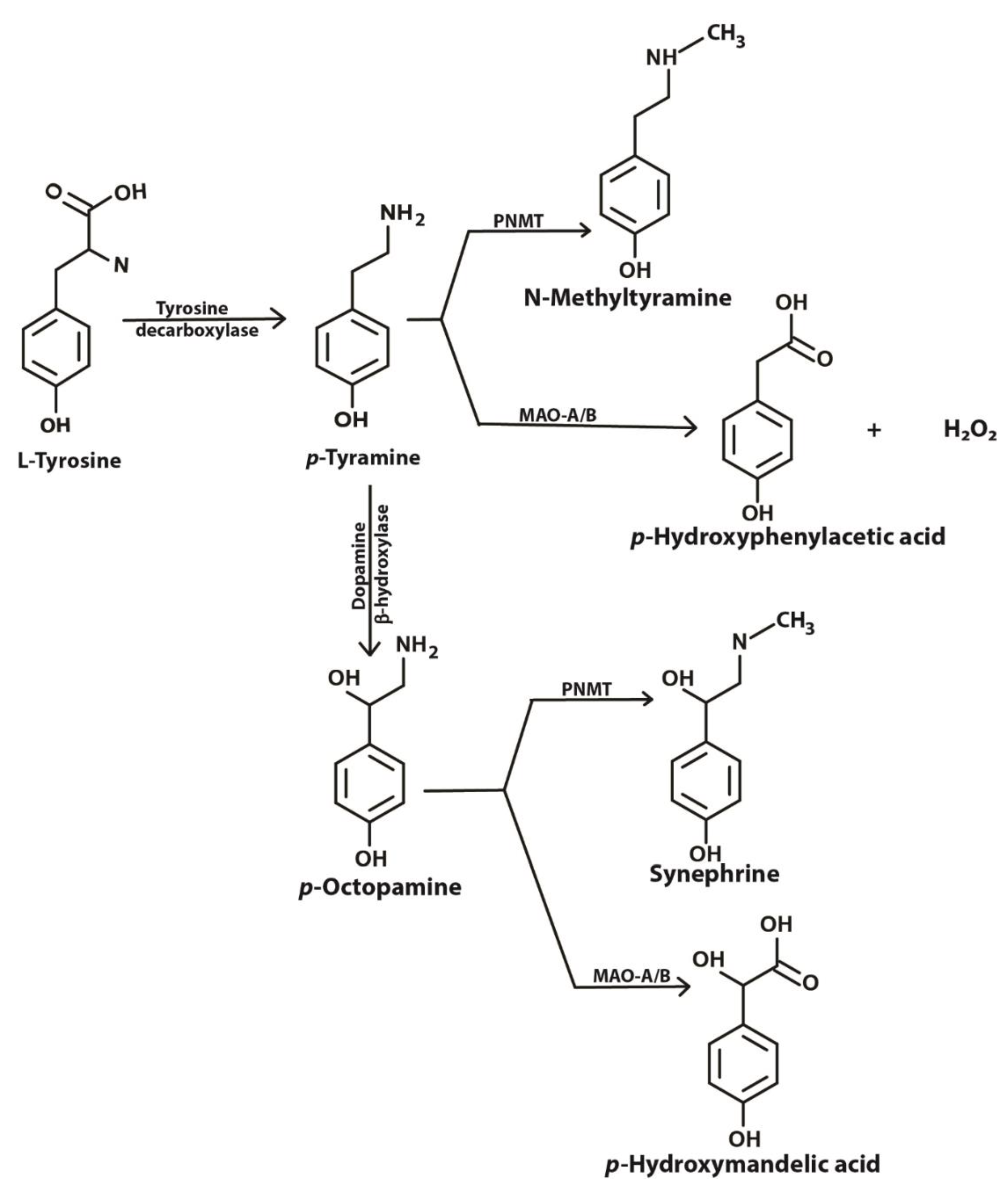


Biomedicines Free Full Text Tyramine And Amyloid Beta 42 A Toxic Synergy Html
A large dietary intake of tyramine (or a dietary intake of tyramine while taking MAO inhibitors) can cause the tyramine pressor response, which is defined as an increase in systolic blood pressure of 30 mmHg or moreMAOIs, for instance, also appear to inhibit the binding of 3H quinpirole, a dopamine agonist with high affinity for D 2 and D 3 dopamine receptors 54,55 To complicate the pharmacology of MAOIs further, two of the MAOIs, selegiline and tranylcypromine, have methamphetamine and amphetamine as metabolites 56,57 In addition, phenelzine also elevates brain gammaAlthough a hypertensive crisis related to a high tyramine diet is a common concern Hypotension is equally important to be aware of in MAOIS It is thought this occurs since MAOIs result in the increased production of octopamine, which is a "false neurotransmitter" that has little alpha or beta adrenergic activity



Maois Diet High Tyramine Foods May Trigger Dangerous Side Effects



Taar1 Dependent And Independent Actions Of Tyramine In Interaction With Glutamate Underlie Central Effects Of Monoamine Oxidase Inhibition Biological Psychiatry
Diet advice when taking MAOI and foods containing tyramineMAOI unavailability Act now Spread this open letter by international MAOI experts https//psych · It discusses the cardiovascular pharmacology of tyramine and the characteristics, extent, risks, and treatment of the blood pressure increases that sometimes result from tyramine ingestion (the pressor response) In past decades, cheese was the only food associated with documented fatalities resulting from hypertensionChocolate, tyramine floods into the brain Usually, MAO enzymes guard against this potentially harmful tyramine excess But under an MAO inhibitor, the MAO enzyme can't stop tyramine from accumulating This is what occurred when these drugs were first popularized in the 1960s Before the connection between MAOI and tyramine was made, an



Cheese Reaction How It Is Produced Youtube



Pin On Pharmassy
MAOIs occasionally react with tyraminerich foods or a variety of other medicines to cause severe hypertension, excruciating headache, and sometimes a subarachnoid or intracerebral hemorrhage – a hypertensive crisis This iatrogenic catastrophe,Excessive concentrations of tyramine in blood plasma can lead to hypertensive crisis by increasing the release of norepinephrine (NE), which causes blood vessels to constrict by activating alpha1 adrenergic receptors · MAOIs inhibit the breakdown of tyramine, which can quickly develop into a hypertensive crisis characterised by severe headache, anxiety, confusion, and palpitations Anderson et al 1993 Tyramine is an amine absent in animal protein sources of diet but is enriched after decay or fermentation



Meal Ideas And Menus Avoiding High Tyramine Foods Made Easy Kathrynne Holden Ms Rd Pdf Free Download
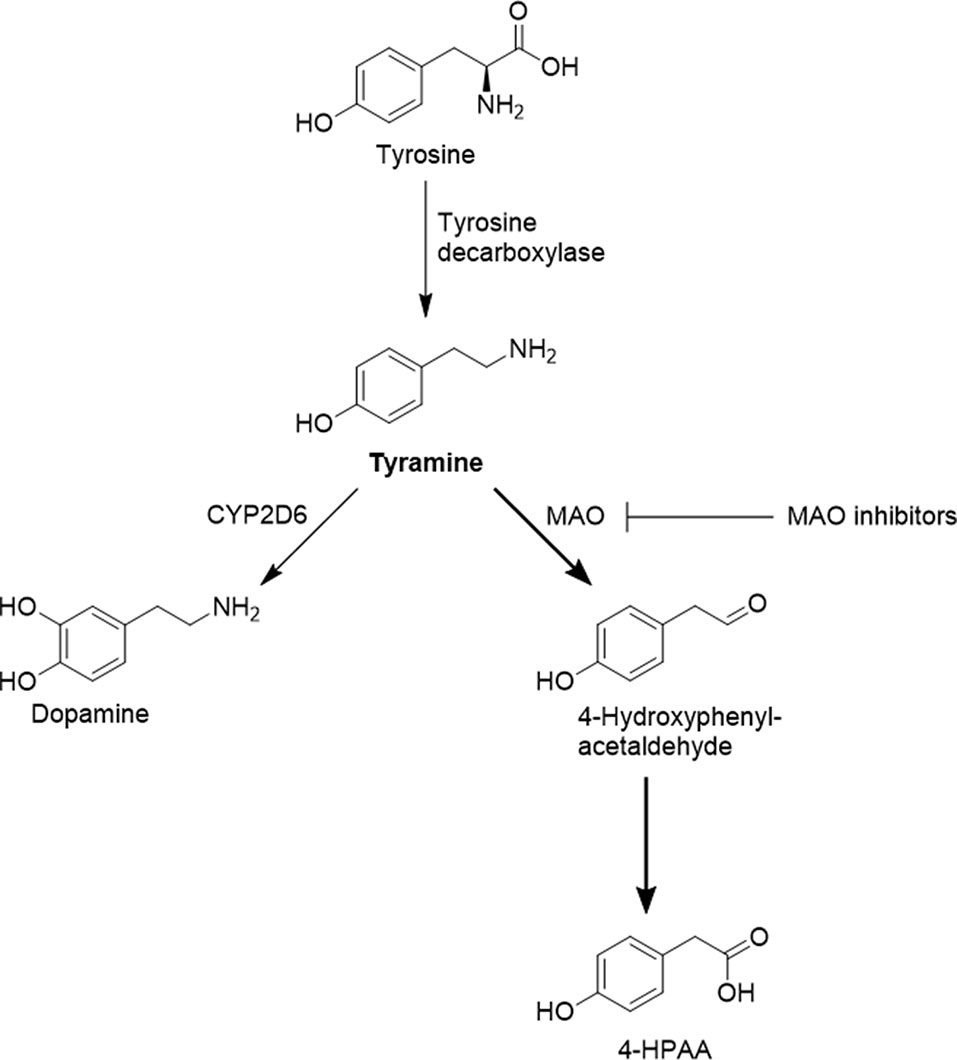


Frontiers Highly Variable Pharmacokinetics Of Tyramine In Humans And Polymorphisms In Oct1 Cyp2d6 And Mao A Pharmacology
However, MAO also metabolizes tyramine, a trace amine found in some foods that acts as a sympathomimetic Allowing excess tyramine to accumulate via MAO inhibition can result in hypertensive crisis due to the release of norepinephrine;The variability of 'pressor' sensitivity to tyramine between individuals, and the unpredictable amount of tyramine content in a few foods, means a little knowledge and care are still required The few interactions between MAOIs and other drugs are now well understood and are quite straightforward to avoid and deal withParatyramine, mydrial or uteramin) is a naturally occurring monoamine compound and trace amine derived from the amino acid tyrosineTyramine acts by inducing the release of catecholamineAn important characteristic of this product is its impediment to cross the bloodbrain barrier which restrains its side effects to only nonpsychoactive



Monoamine Oxidase Inhibitors Revisiting A Therapeutic Principle



Bp Raisers Learn What Could Raise Your Blood Pressure Hypertension Blood Pressure
Tyramine hypertension A complication of monoamine oxidase inhibitors (MAOIs), which are used to treat depression and panic disorders MAOIs inhibit the metabolism of tyramines and catecholamines;Tyramine = a monoamine This substance indirectly increases release of catecholamines The enzyme monoamine oxidase naturally breaks down tyramine and other monoamine chemicals MAOIs blocks this breakdown pathway, increasing levels of tyramine and thereby increasing catecholamines such as norepinephrineMg) of tyramine could cause severe hypertension , resulting from an increased sensitivity to tyramine in patients taking recommended dosages of XADAGO, and patients should be advised to avoid such foods Isoniazid has some monoamine oxidase inhibiting activity Monitor for hypertension and



Transdermal Delivery System Of Mao Inhibitors Psychiatrist Com
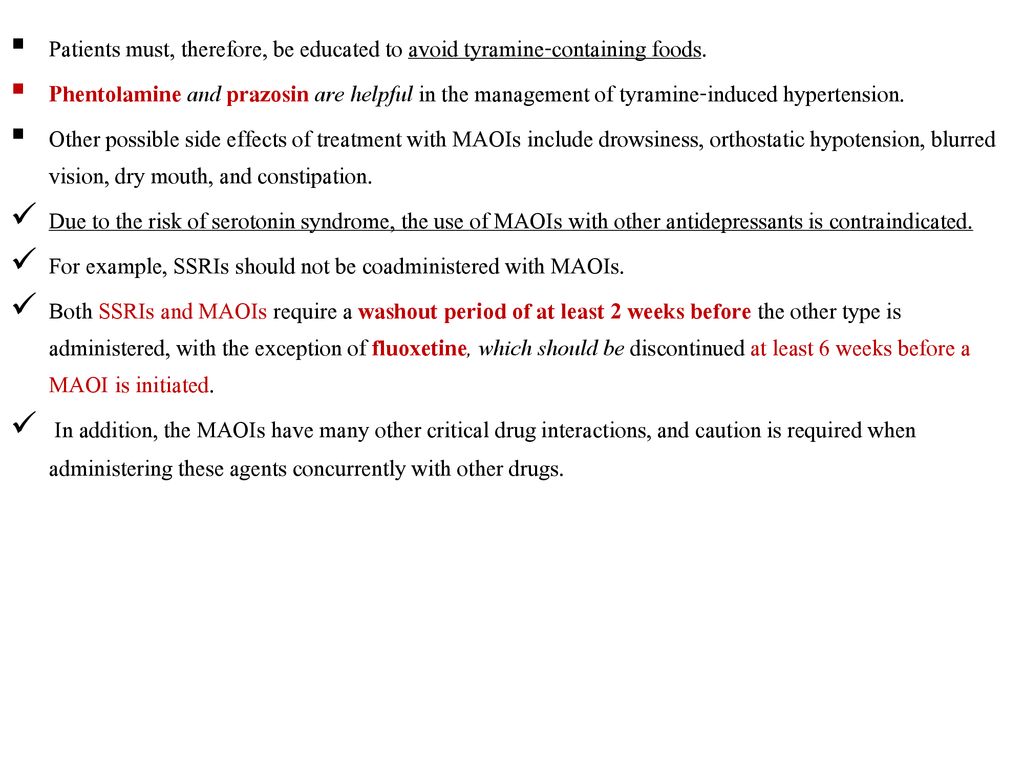


Antidepressants Drugs Ppt Download
· Namely, MAOIs can induce hypertensive crisis, particularly if one consumes foods high in tyramine like cheese, wine, and chocolate Tyramine blocks MAOA, further inhibiting an already blocked enzymeTyramine, a substance found in some foods, normally undergo conversion in the body to an inactive form through the action of monoamine oxidase When MAO inhibitors are given, tyramine remains active and causes the release of norepinephrine Headaches, severe hypertension, or a hypertensive crisis may ensueTyramine is present in various foods, drinks and other medications High tyramine levels can result in a hypertensive crisis that can be fatal Foods containing high levels of tyramine should be avoided while using MAOIs due to the hypertensive effects Individuals using monoamine oxidase inhibitors should follow a diet that excludes certain foods



Ppt Drugs Used For Mood Disorders Powerpoint Presentation Free Download Id



Antidepressants Vaughan Asburys General Ophthalmology 17th Ed
Tyramine levels were historically a limitation to the use of MAOIs;Ingestion of tyraminerich food and/or beverages (eg, Chianti wine, cheddar cheese, naturally fermented beer, chicken liver, or drugs such asTyramine and irreversible monoamine oxidase inhibitors in clinical practice The cheese reaction following use of the irreversible monoamine oxidase inhibitors (MAOIs) began to be reported in the UK with increasing frequency from about 1961 By 1965, the underlying mechanism (tyramineprovoked hypertension) had been essentially elucidated



The Relationship Between Tyramine Levels And Inflammation In Metabolic Syndrome


Tyramine
TyramineInduced Hypertension Crisis Tyramine is a compound found in many foods This compound has an effect on blood pressure and is regulated by the MAO enzyme When the MAO enzyme is inhibited (for instance, when you take an MAOI), tyramine can reach dangerously high levels, resulting in critically high blood pressureFoods high in tyramine, "the decarboxylated product of the amino acid tyrosine"1, can cause a hypertensive crisis when on MAOI therapy A hypertensive crisis is also known as dangerously high blood pressure which can lead to stroke and even death · Even 6 to 8 milligrams of tyramine can trigger adverse reactions, including increased blood pressure, nausea and a fast heartbeat, according to Vanderbilt University Ten to 25 milligrams may cause headaches and potential bleeding in the brain Intakes over 25 milligrams may lead to a hypertensive crisis



A Review Of The Mechanisms And Role Of Monoamine Oxidase Inhibitors In Parkinson S Disease Neurology



Tranylcypromine Wikipedia
2806 · The problem arose when they noticed that many people who take MAOIs developed intracranial bleeding from severe hypertension As it turned out, MAOIs also inhibit tyramine metabolism This led to the release of adrenaline and noradrenaline that resulted in a rapid rise in blood pressure—the hypertensive crisisTyramine ingestion is proportional to the amount of tyramine ingested • Nowadays very few foods or drinks have tyramine levels sufficiently high that a small amount (ie 50 grams or ml, or less) is likely to cause a problematic degree of hypertension • All modern cheeses are safe in healthysized portions (2550 grams)However, advances in food storage and hygiene have led to significantly lower concentrations of tyramine Nonetheless, patients should still limit or avoid certain products known to carry high levels of tyramine



Slides Show



8 Tyramine Free Ideas Migraine Diet Foods For Migraines Headache Diet
The cheese reaction following use of the irreversible monoamine oxidase inhibitors (MAOIs) began to be reported in the UK with increasing frequency from about 1961 By 1965, the underlying mechanism (tyramineprovoked hypertension) had been essentially elucidated
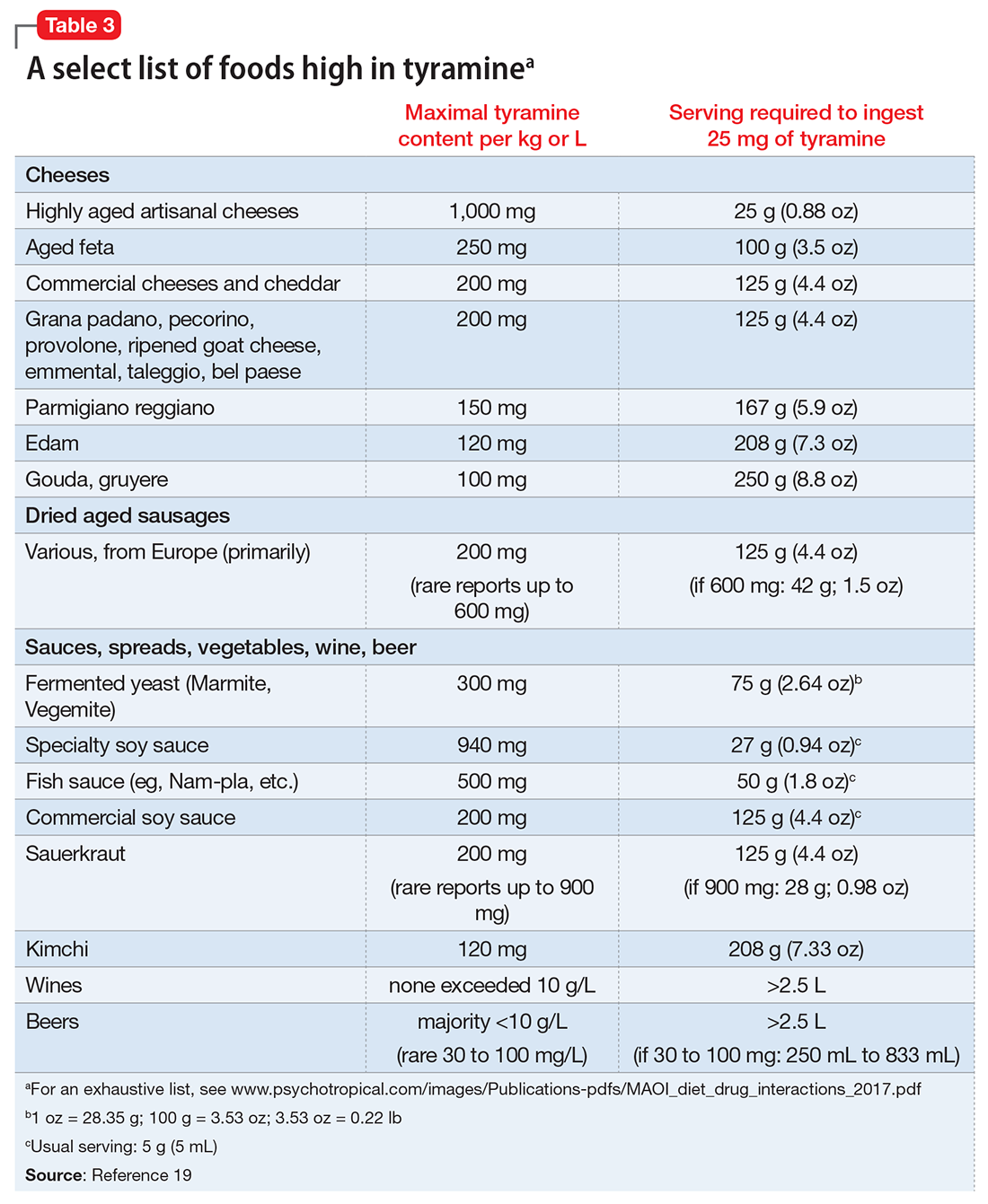


A Concise Guide To Monoamine Oxidase Inhibitors Mdedge Psychiatry



Monoamine Oxidase Inhibitors Maoi Mechanism Of Action Psychopharmacology



Tyramine To Norepinephrine Maoi Page 1 Line 17qq Com



A Diet Chart To Follow Before And After You Opt For Ayhuasca Healing By Cayashobo Issuu



Safinamide Wikidoc



Medication Template Phenelzine 4 Studocu



Maois Monoamine Oxidase Inhibitors Tyramine Toxicity Pharmacology Youtube
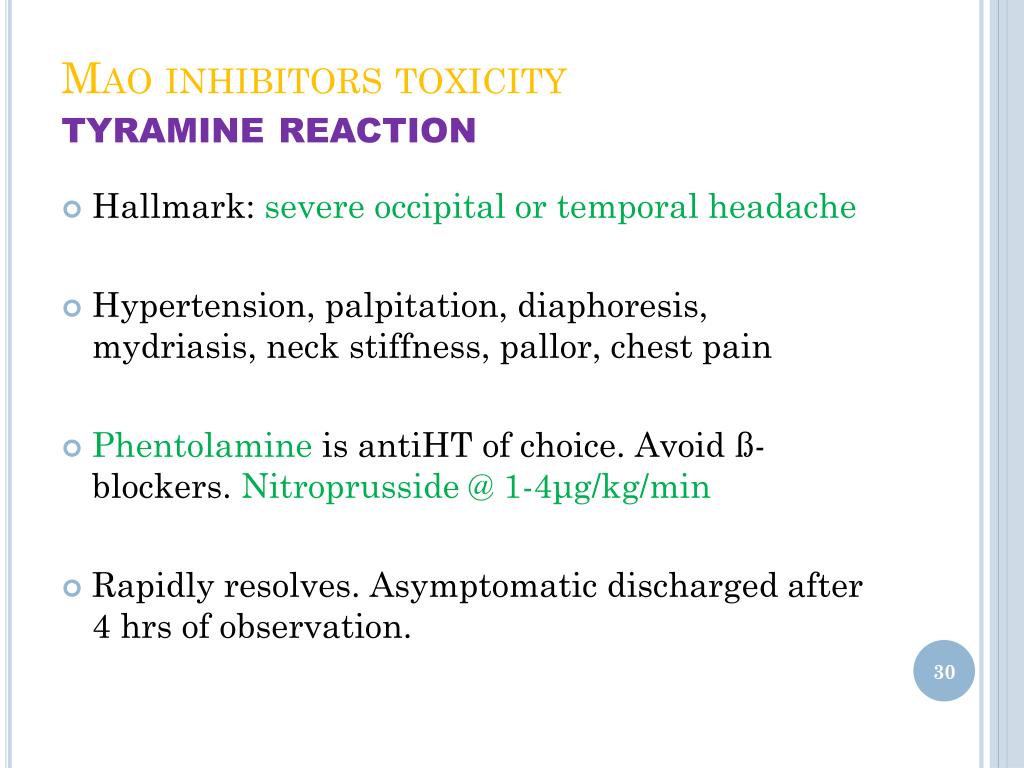


Ppt Management Of Specific Drug Poisoning Antidepressants Barbiturates Powerpoint Presentation Id
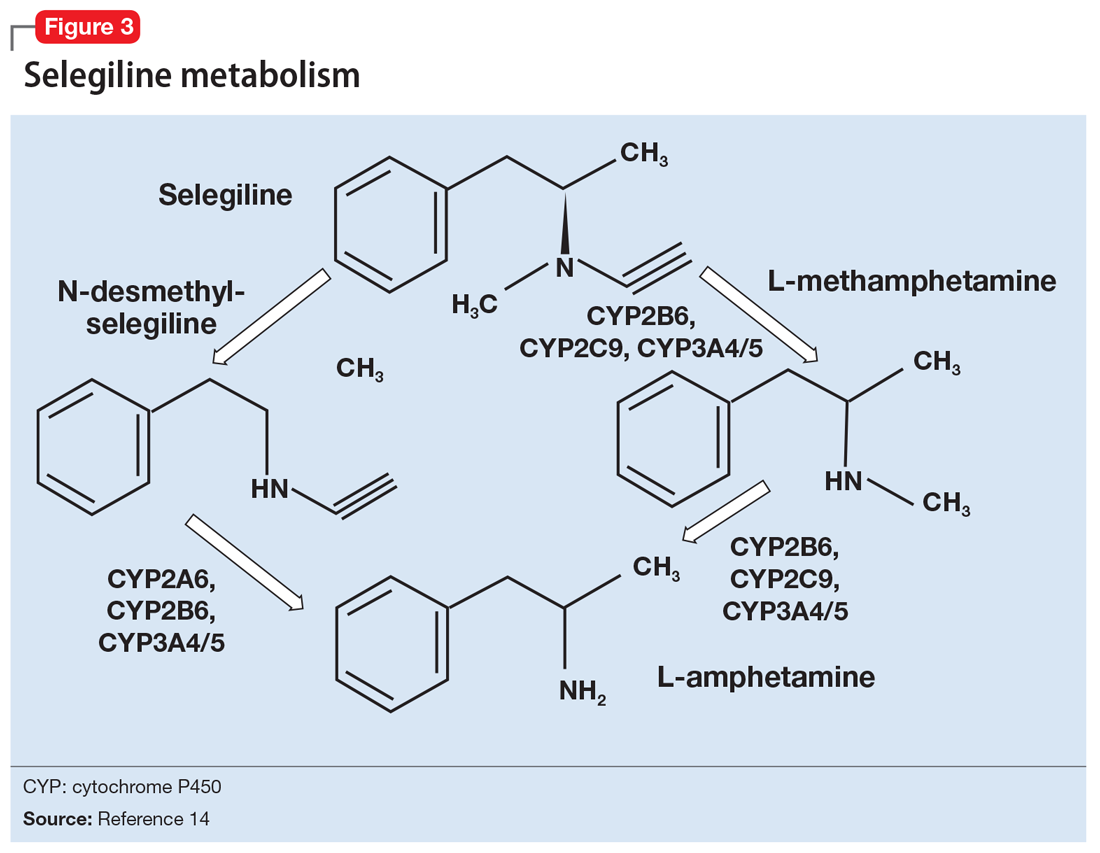


A Concise Guide To Monoamine Oxidase Inhibitors Mdedge Psychiatry



Body Fat Reduction Without Cardiovascular Changes In Mice After Oral Treatment With The Mao Inhibitor Phenelzine Carpene 18 British Journal Of Pharmacology Wiley Online Library



Many Soyfoods Suitable For Low Tyramine Diets Soy Nutrition Institute



Pdf Dose Response Relationship Of Tyramine Effect Of Mao Inhibitors



Maoi Med Template Nurs 3481 Medication Class Maois What Psychiatric Conditions Or Symptoms Is This Class Used For Depression Parkinson Panic Disorders Gad Studocu



A Clinical Overview Of Monoamine Oxidase Inhibitors Pharmacological Profile Efficacy Safety Tolerability And Strategies For Successful Outcomes In The Management Of Major Depressive Disorders Psychiatric Annals



Pdf A Reassessment Of The Safety Profile Of Monoamine Oxidase Inhibitors Elucidating Tired Old Tyramine Myths



Nursing And Nclex Mastery Tyramine Is An Amino Acid That Helps Regulate Blood Pressure It Occurs Naturally In The Body And Is Found In Certain Foods Maoi S Taken For Depression Such



Comparison Of Monoamine Oxidase Inhibitors In Decreasing Production Of The Autotoxic Dopamine Metabolite 3 4 Dihydroxyphenylacetaldehyde In Pc12 Cells Journal Of Pharmacology And Experimental Therapeutics



Antidepressants Amboss



Maoi Tyramine Page 1 Line 17qq Com



This Is Specially For Italians Because None Tells Them About Tyramine If You Suffer From Headache Or Migraine This Is Headache Diet Maoi Diet Migraine Diet
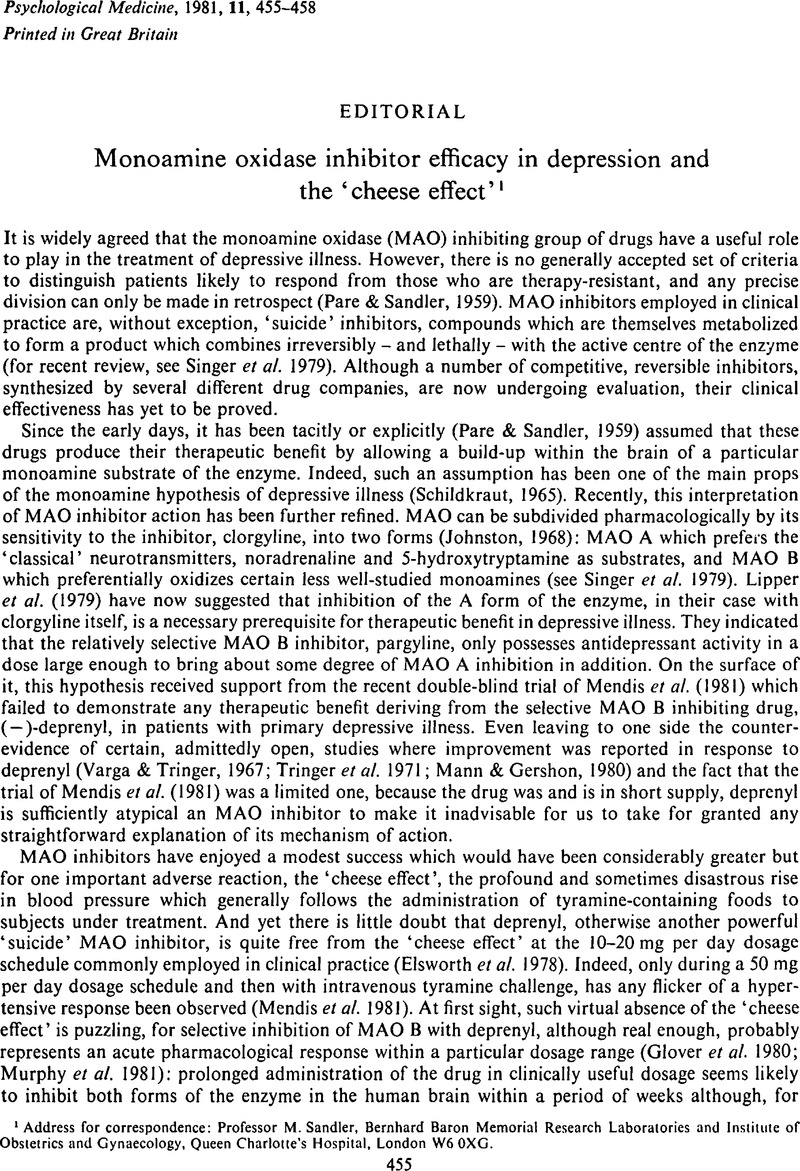


Monoamine Oxidase Inhibitor Efficacy In Depression And The Cheese Effect 1 Psychological Medicine Cambridge Core
/GettyImages-746275147-5b0b3813fa6bcc0037205902.jpg)


Dietary Precautions While Taking Maois



Monoamine Oxidase Inhibitors Osmosis
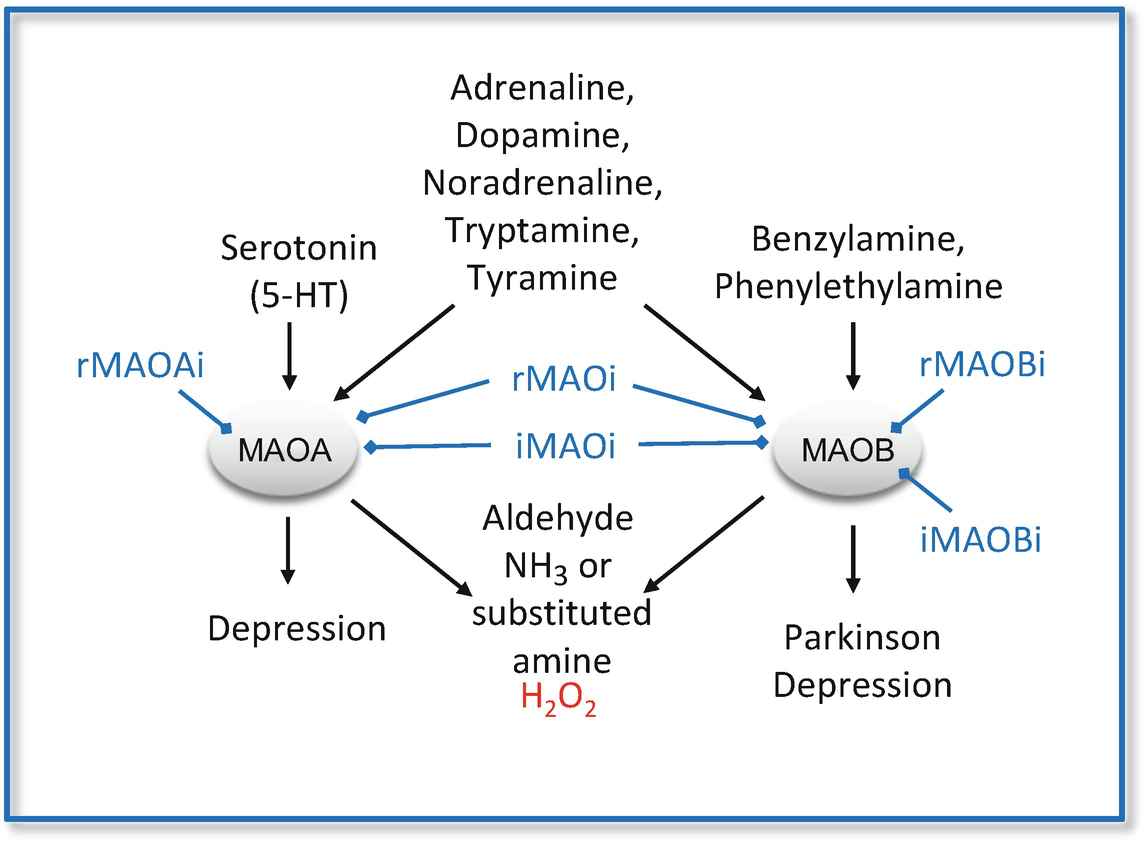


Monoamine Oxidase Inhibitors From Classic To New Clinical Approaches Springerlink



Maoi Drugs News
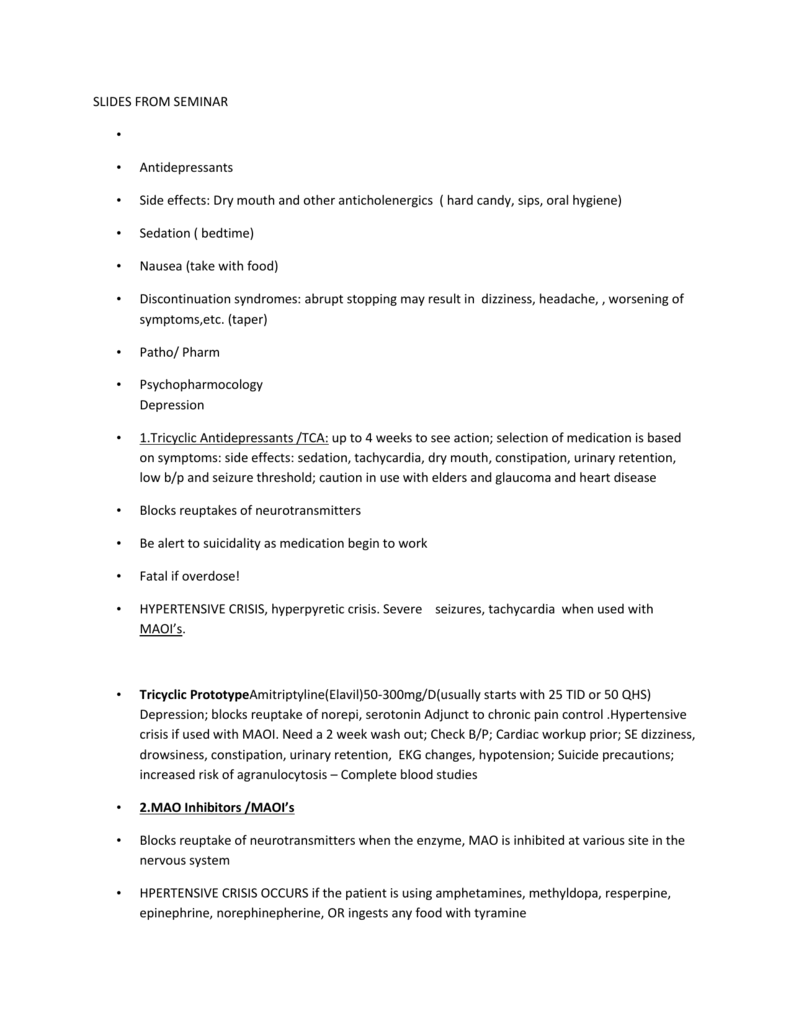


Slides From Seminar Antidepressants Side Effects Dry Mouth



Monoamine Oxidase Inhibition Improves Vascular Function In Mammary Arteries From Nondiabetic And Diabetic Patients With Coronary Heart Disease
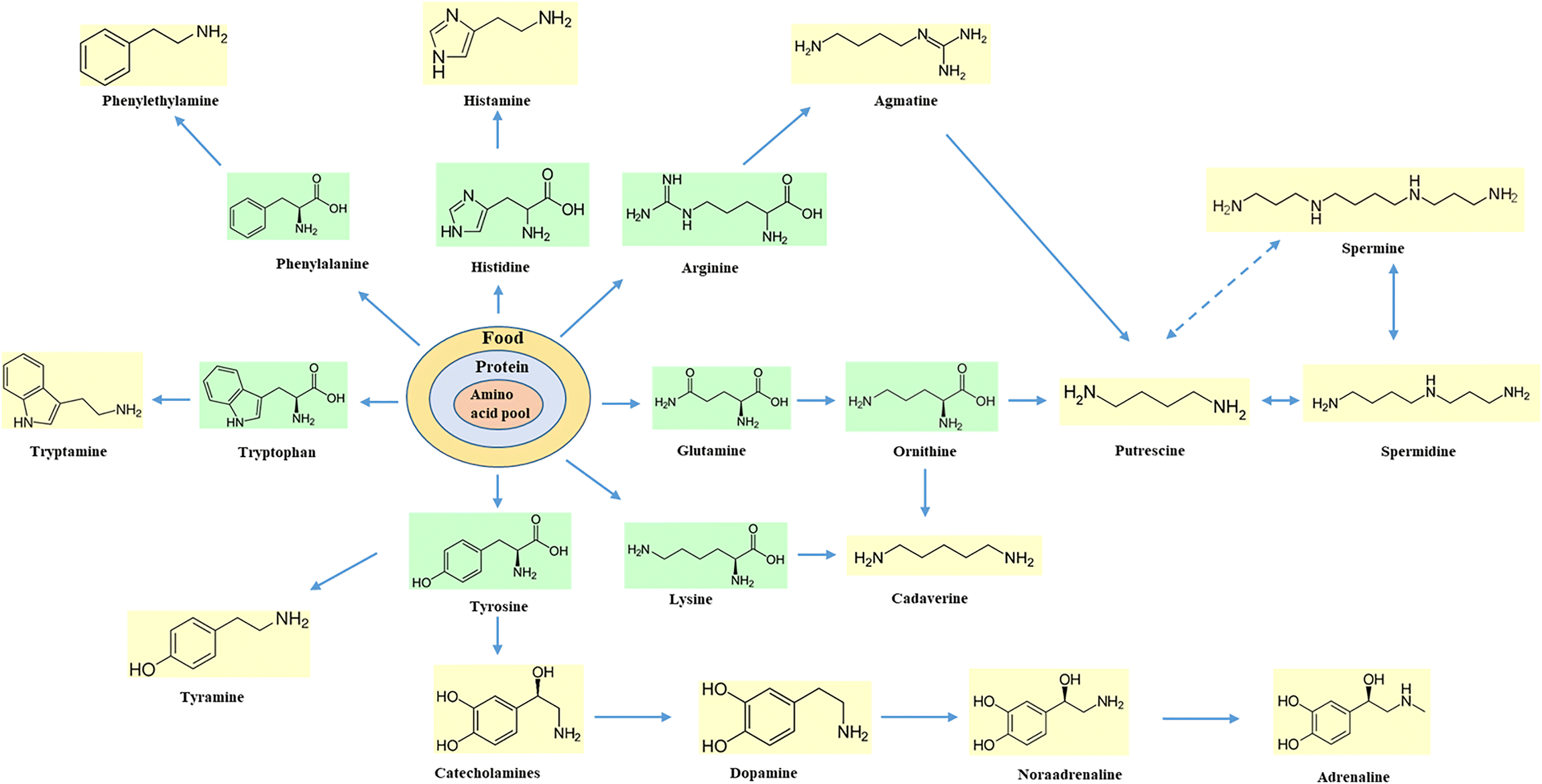


Chapter 1 Biogenic Amines Formation Toxicity Regulations In Food Rsc Publishing Doi 10 1039



Slides Show



Pdf The Risk Of Harm From Acute Tyramine Induced Hypertension How Significant



Maoi Toxicity Litfl Toxicology Library Toxicants



Dopamine In The Pathophysiology Of Preeclampsia And Gestational Hypertension Monoamine Oxidase Mao And Catechol O Methyl Transferase Comt As Possible Mechanisms



Monoamine Oxidase Inhibitors Maoi Mechanism Of Action Psychopharmacology



Pdf Monoamine Oxidase Inhibitors Dietary Tyramine And Drug Interactions
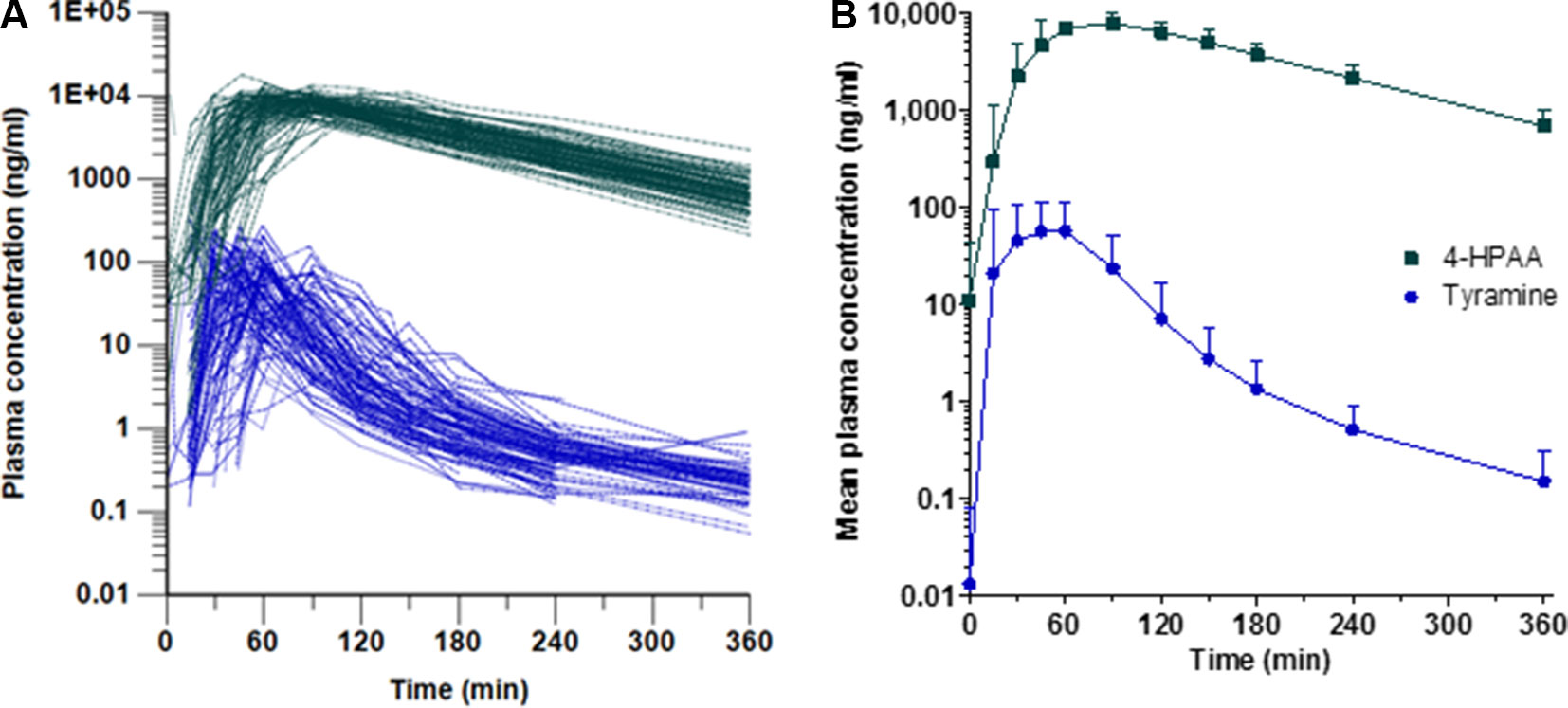


Frontiers Highly Variable Pharmacokinetics Of Tyramine In Humans And Polymorphisms In Oct1 Cyp2d6 And Mao A Pharmacology
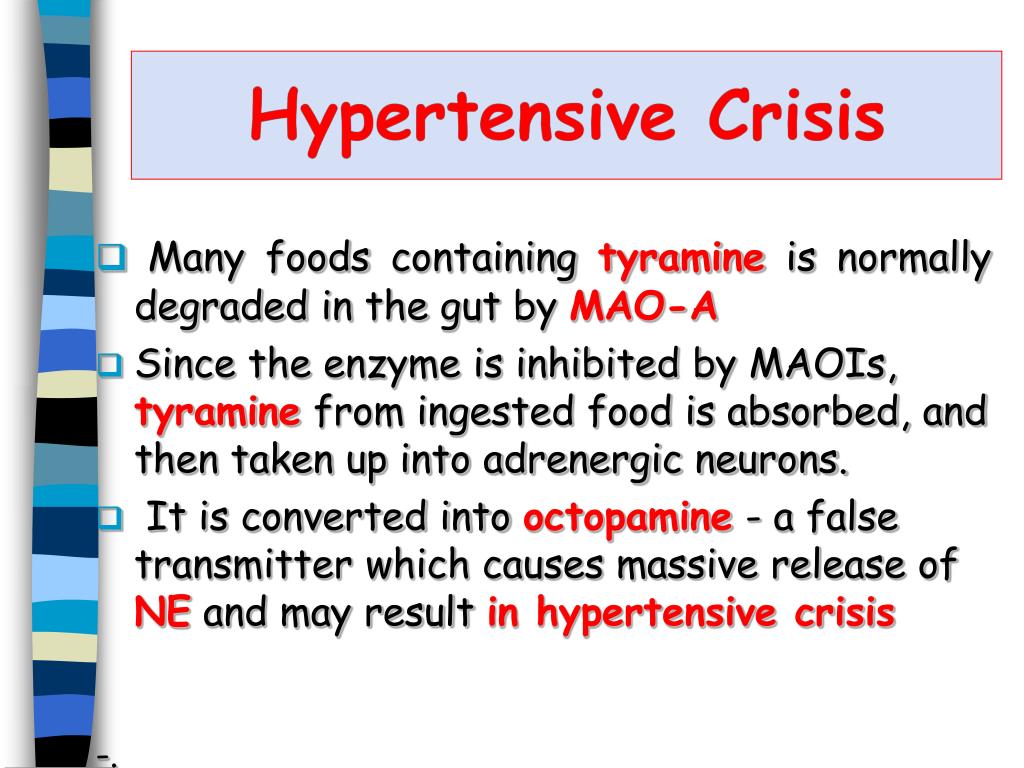


Ppt Monoamine Oxidase Inhibitors Powerpoint Presentation Free Download Id



Curcumin And The Mao Inhibitor Cheese Effect From Induced Info



Pdf Tyramine In Malt Beverages Interfering With Monoamine Oxidase Inhibitor Drugs
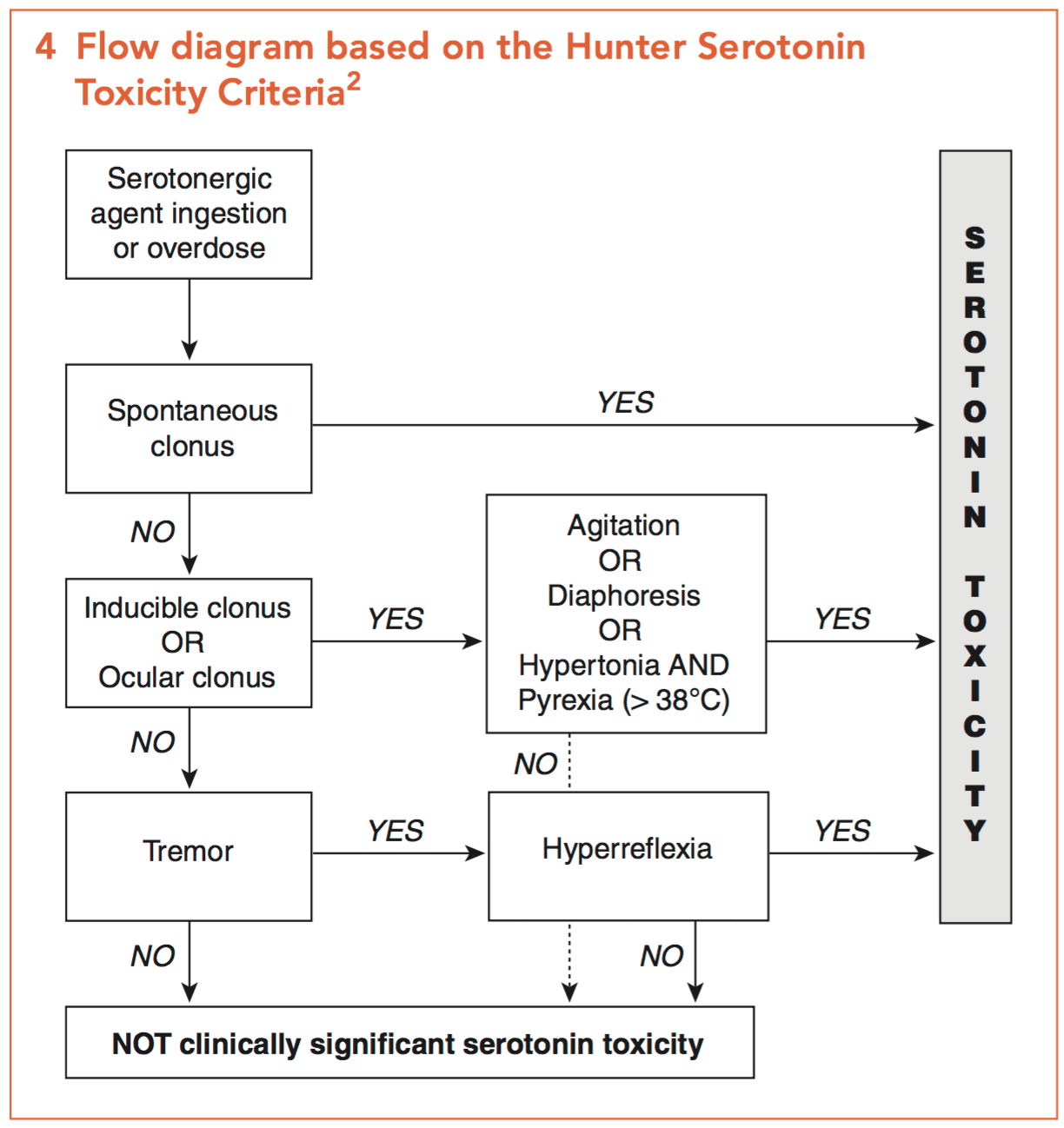


Maoi Toxicity Litfl Toxicology Library Toxicants



Buy Foods Containing Tyramine Tachycardia Tyramine Decarboxylation Amino Acid Tyrosine Fermentation Food Monoamine Oxidase Inhibitor Hypertensive Emergency Stroke Cardiac Dysrhythmia Migraine Book Online At Low Prices In India Foods



Genotype And Vascular Phenotype Linked By Catecholamine Systems Circulation
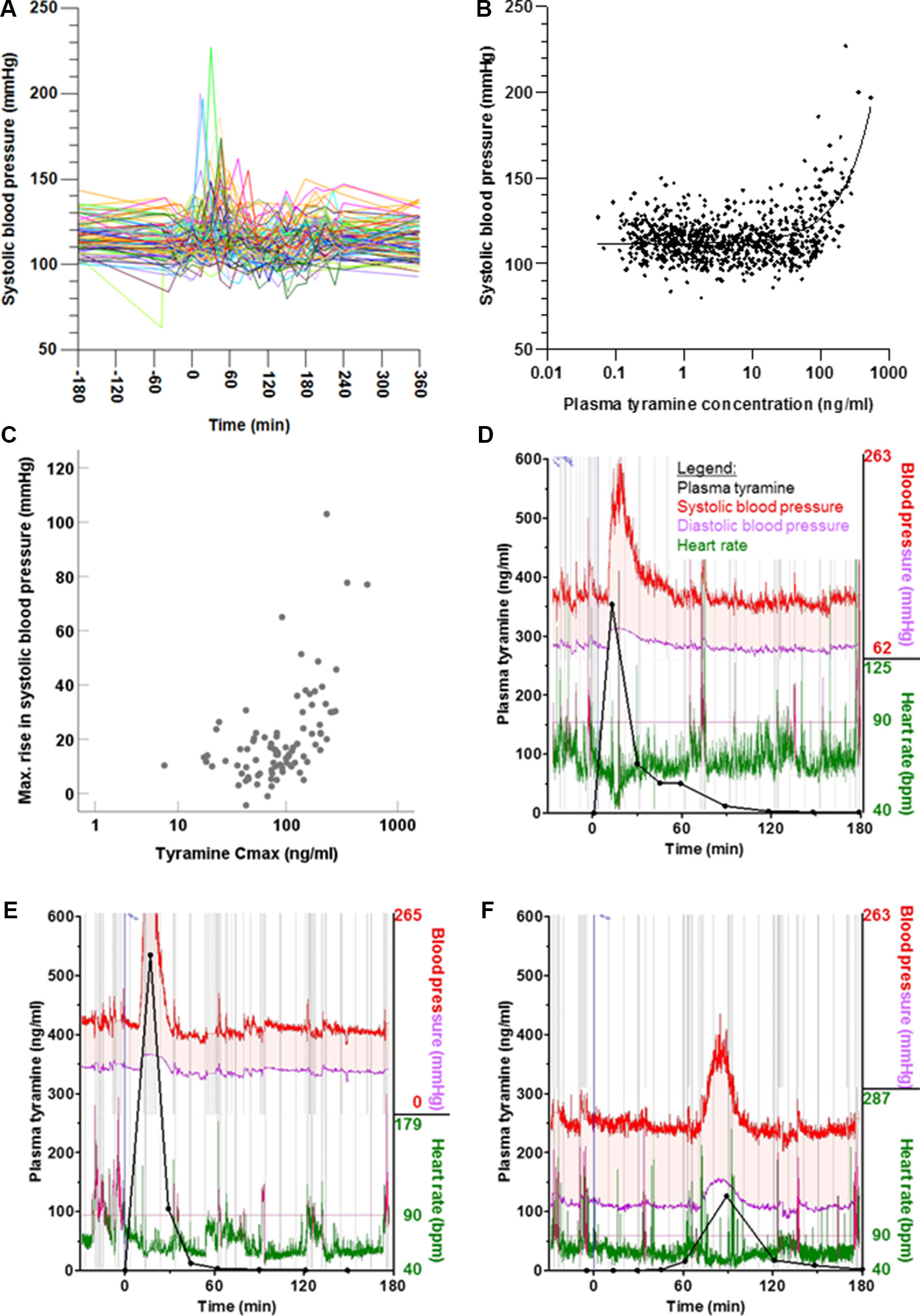


Frontiers Highly Variable Pharmacokinetics Of Tyramine In Humans And Polymorphisms In Oct1 Cyp2d6 And Mao A Pharmacology



Slides Show
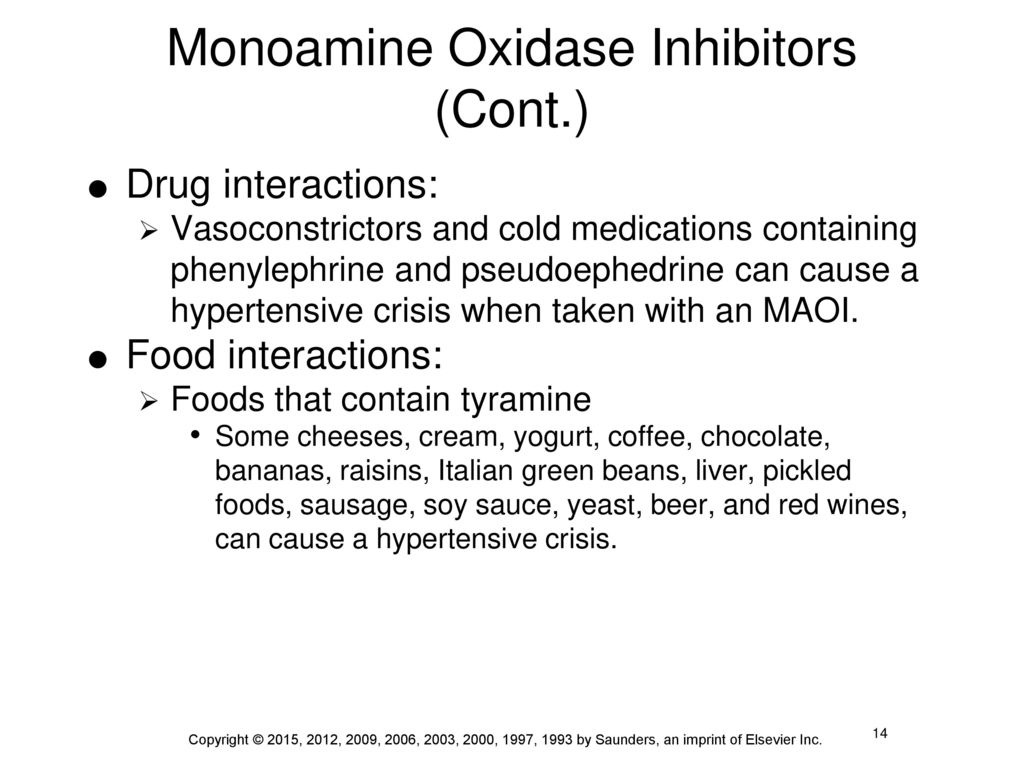


Antidepressants And Mood Stabilizers Ppt Download



Tyramine Wikipedia



Foods Containing Tyramine 978 613 0 9



Selegiline Wikipedia



Sembragiline A Novel Selective Monoamine Oxidase Type B Inhibitor For The Treatment Of Alzheimer S Disease Journal Of Pharmacology And Experimental Therapeutics



Monoamine Oxidase Inhibitors Maoi Mechanism Of Action Psychopharmacology
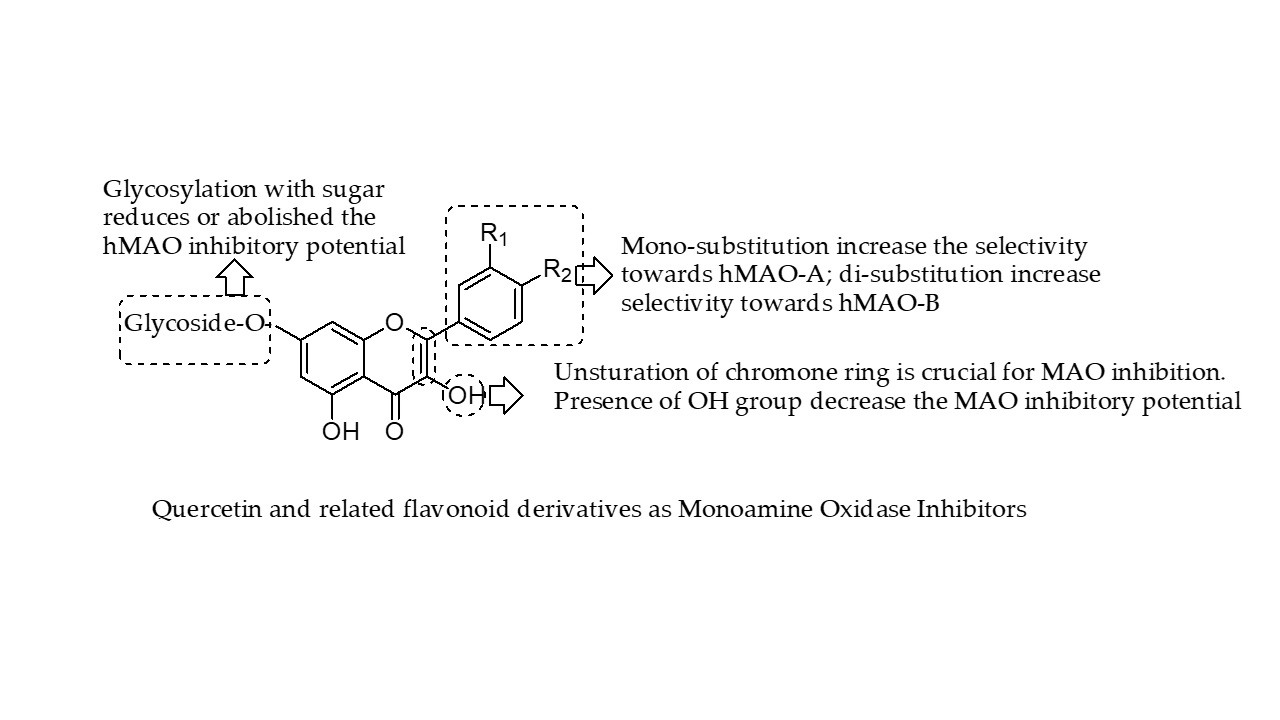


Molecules Free Full Text Quercetin And Related Chromenone Derivatives As Monoamine Oxidase Inhibitors Targeting Neurological And Mental Disorders Html



Taar1 Dependent And Independent Actions Of Tyramine In Interaction With Glutamate Underlie Central Effects Of Monoamine Oxidase Inhibition Biological Psychiatry


